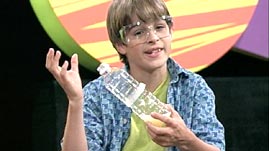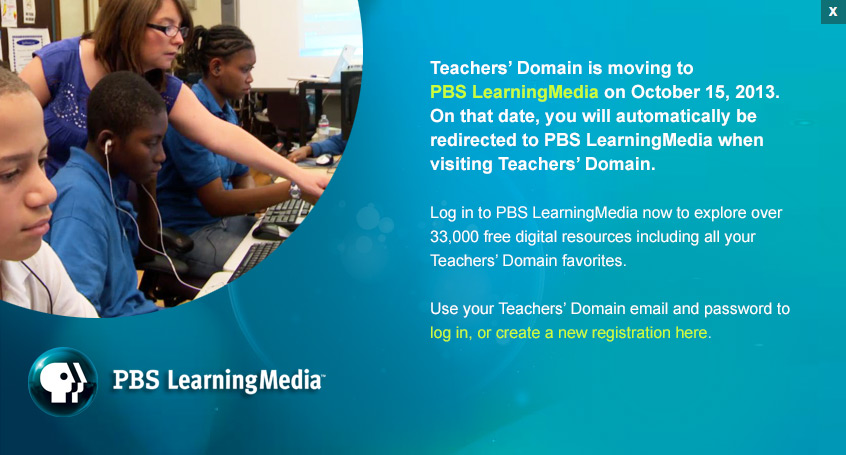Two classes of substances well known for combining readily, and sometimes violently, are acids and bases. When acidic and basic solutions are combined, the acid's positive ions and the base's negative ions react to form water and release heat energy. The remaining elements combine to form various other compounds, depending on the chemical makeup of the acid and base involved.
Some acid-base reactions produce carbon dioxide, a gas that is a potentially powerful propellant when under pressure. When lemon juice and baking soda are combined in a sealed bottle, they react to form water, sodium ions, and carbon dioxide. As the carbon dioxide concentration builds up inside the bottle, the pressure inside the bottle also increases. If the pressure becomes high enough, it can propel the stopper out of the opening of a bottle and across a great distance.
Like all vehicles, the bottle rocket car created in this
ZOOM video segment relies on principles described in an important law of physics, Newton's third law of motion. This law states that every action has an equal and opposite reaction, meaning that every object that pushes on another receives an equally hard push back in return.
When the pressure inside the bottle builds up enough and the stopper blasts from the opening, the bottle pushes against the carbon dioxide and forces it out. As Newton's third law predicts, the carbon dioxide pushes back on the bottle. In turn, the bottle pushes on the car attached to it and propels the car forward.
In accordance with Newton's third law, the forward motion of the car brings about forces that resist this forward motion, in particular, friction and air resistance. When the car pushes against the air in front of it, the air pushes back on the car. The surface beneath the car also pushes against it. Although these forces cannot be eliminated, at least not on Earth, intelligent vehicle designs can reduce them considerably. Wheels, for example, are the simplest way to reduce friction. The smoother and more easily they roll, the more the vehicle's force will result in forward motion, and the faster and/or more efficient it will be. Likewise, the more easily the vehicle cuts through the air, pushing on the air less and being pushed back less, the faster and/or more efficient it will be as well.


 Loading Standards
Loading Standards Teachers' Domain is proud to be a Pathways portal to the National Science Digital Library.
Teachers' Domain is proud to be a Pathways portal to the National Science Digital Library.
